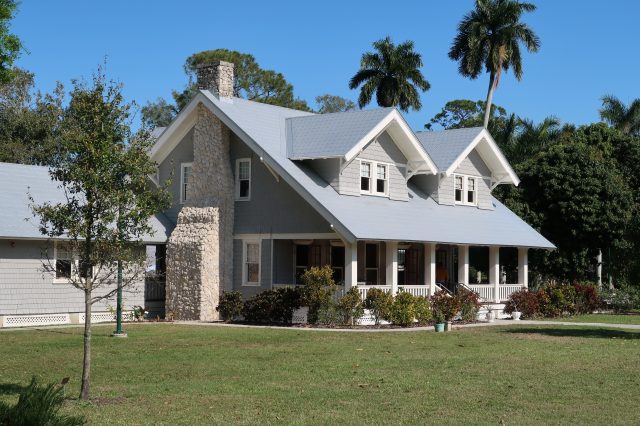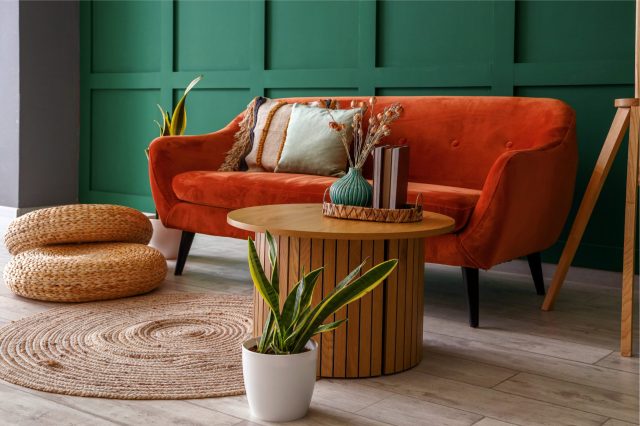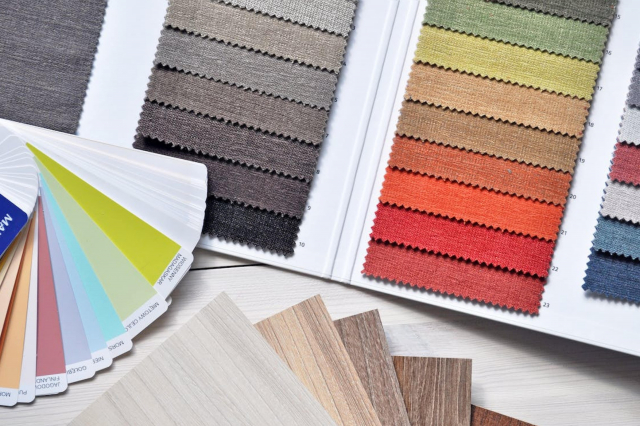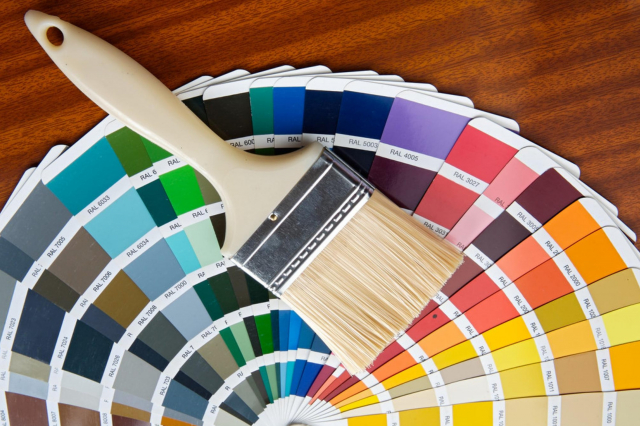How Lighting Can Make or Break Your Wall Color Choice
How Different Lighting Can Transform Your Wall Paint Color
If you’re thinking about sprucing up your space, it’s super important to know how different lighting conditions can change the way paint colors look.
No worries, we’ve got you covered!
This guide will take you on a deep dive into the fascinating world of light and paint colors.
With this knowledge, you’ll be all set to create the perfect mood in your home. Let’s get started!
The Science of Light and Color Perception: Metamerism
Metamerism is a sophisticated way of stating that colors can appear different under varying types of light.
For instance, a color that stands out in daylight might appear more subdued under a lamp.
This is all because different lights possess different wavelengths.
So, when you’re selecting paint, bear in mind that the color may appear different on your wall than it did on the swatch in the store, depending on the lighting.

Housekeepingbay.com
Table of Contents
Natural Light and Room Direction
The direction your room faces can significantly affect how sunlight moves around your room throughout the day.
This can alter how your chosen paint colors appear under different natural light conditions.
So, before you finalize your color scheme, it’s a good idea to consider the orientation of your room.
Rooms that Face North
These rooms typically receive soft, cool light. Colors might appear slightly darker and more vivid.
If you wish to warm up the room, consider using lighter colors or those with warm undertones.
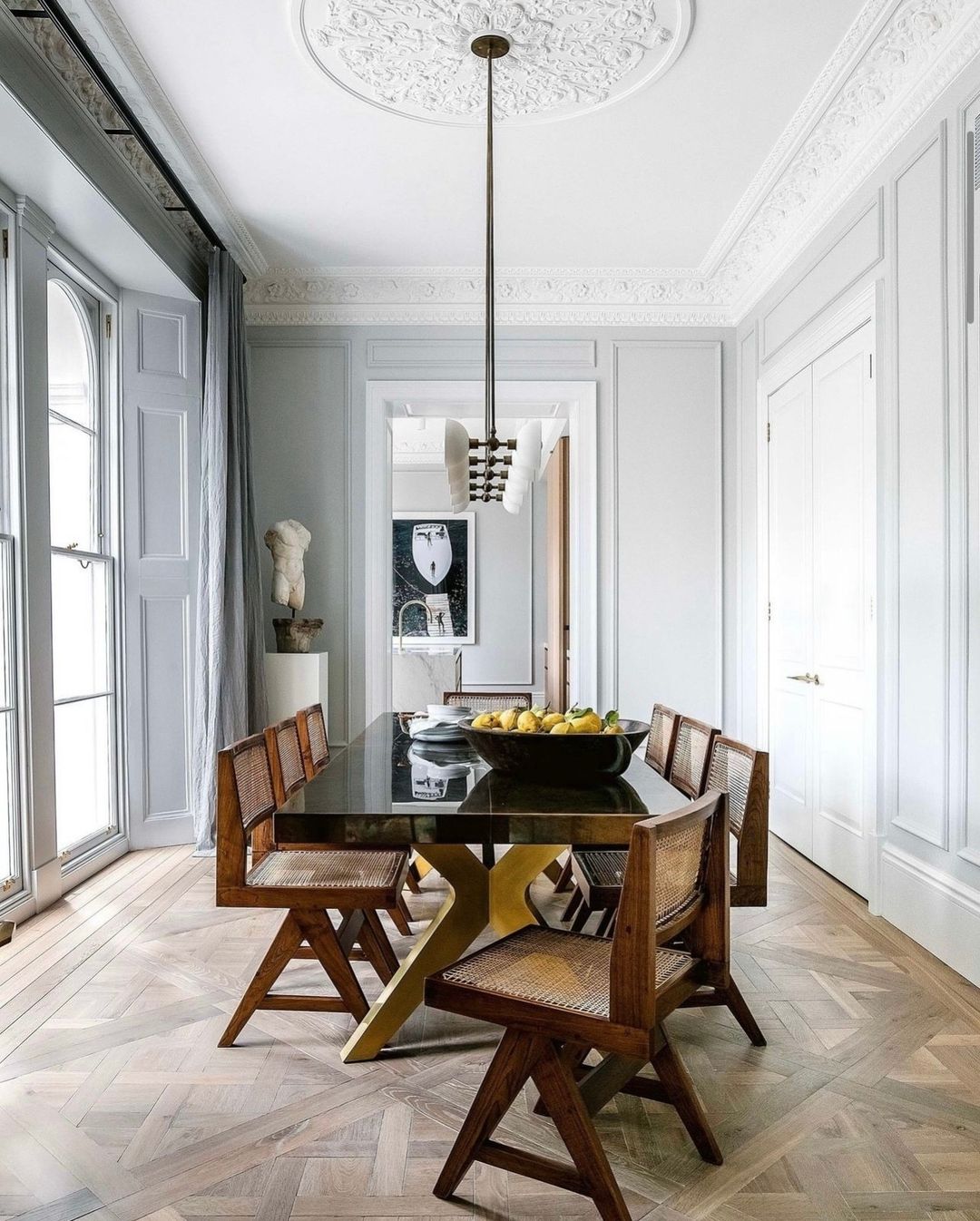
Credits: altforliving via Instagram
Rooms that Face South
These rooms receive plenty of sunlight, which can make colors appear brighter and more true to their actual hue.
It’s an excellent place to experiment with bold or subdued colors, as the strong light will reveal their true character.
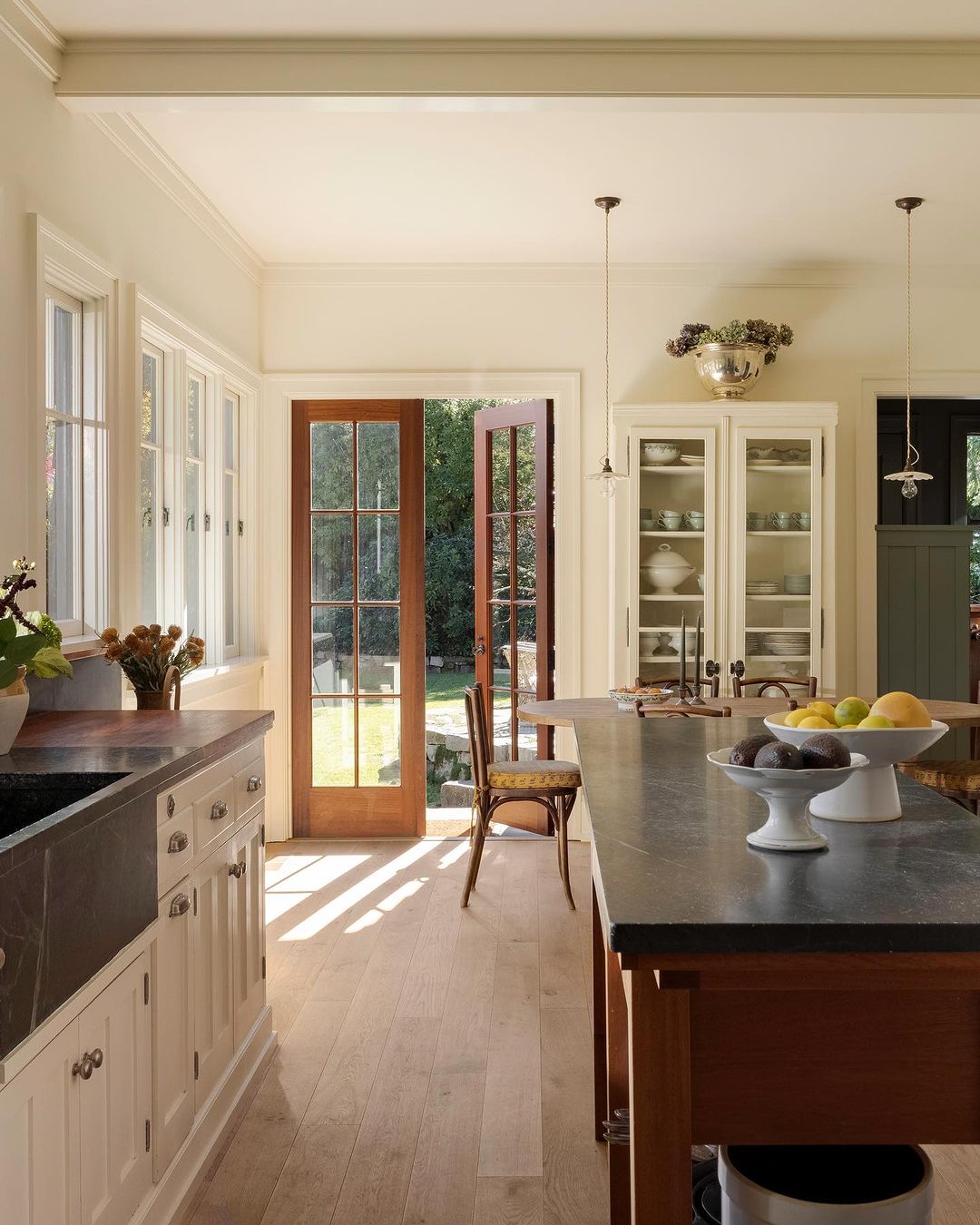
Credits: caitlinflemming via Instagram
Rooms that Face East
These rooms receive the morning sun, and the light transitions from warm in the morning to cool by the evening.
Colors may appear warm and inviting in the morning but could seem cooler and more subdued in the afternoon.
Using warm colors can maintain the room’s coziness throughout the day, while cool colors will look great in the morning light.
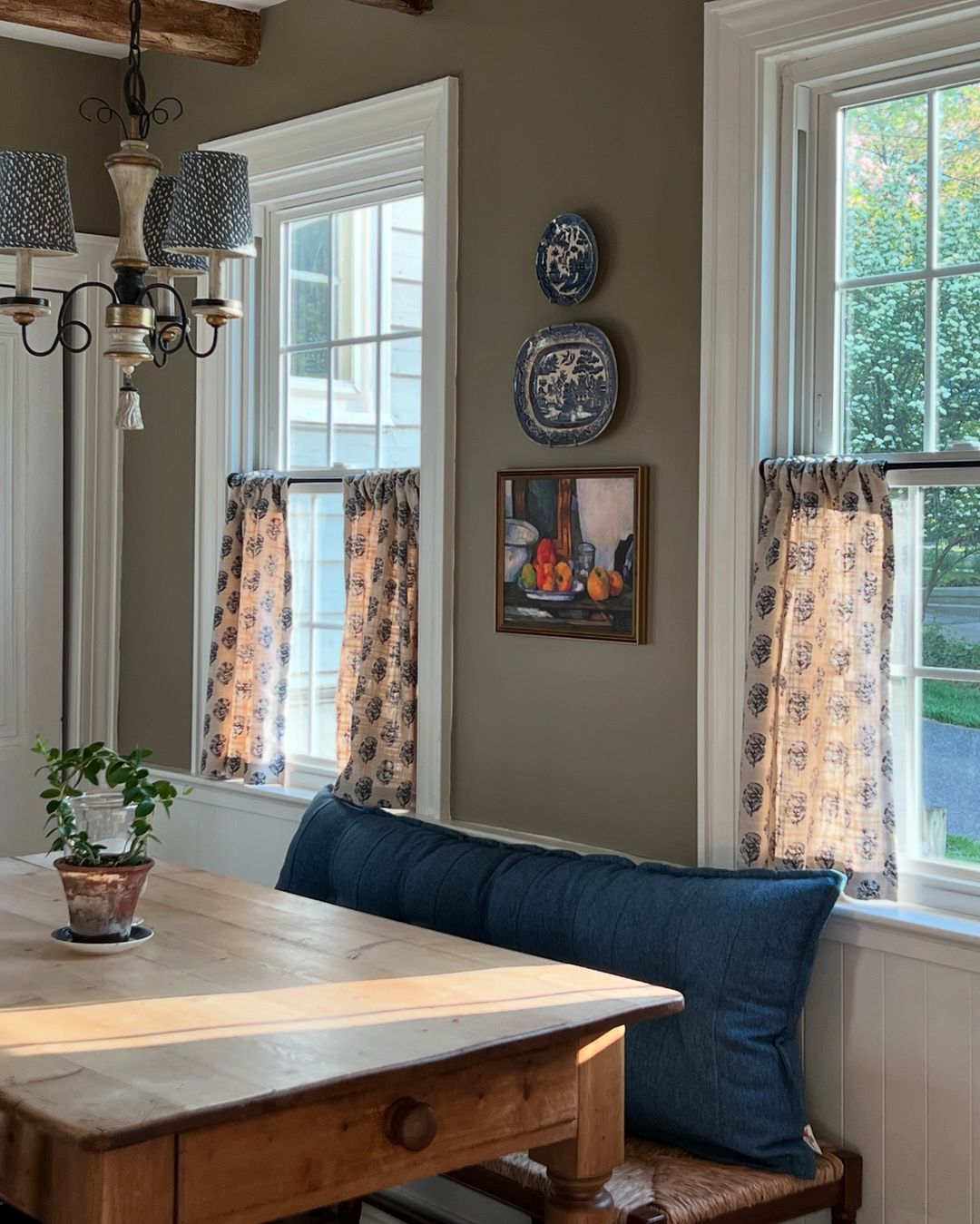
Credits: our1842home via Instagram
Rooms that Face West
These rooms receive light that becomes warmer as the day progresses.
Colors might appear calm in the morning but can intensify with the evening light.
It’s enjoyable to experiment with colors that change with the light, making the room feel different throughout the day.
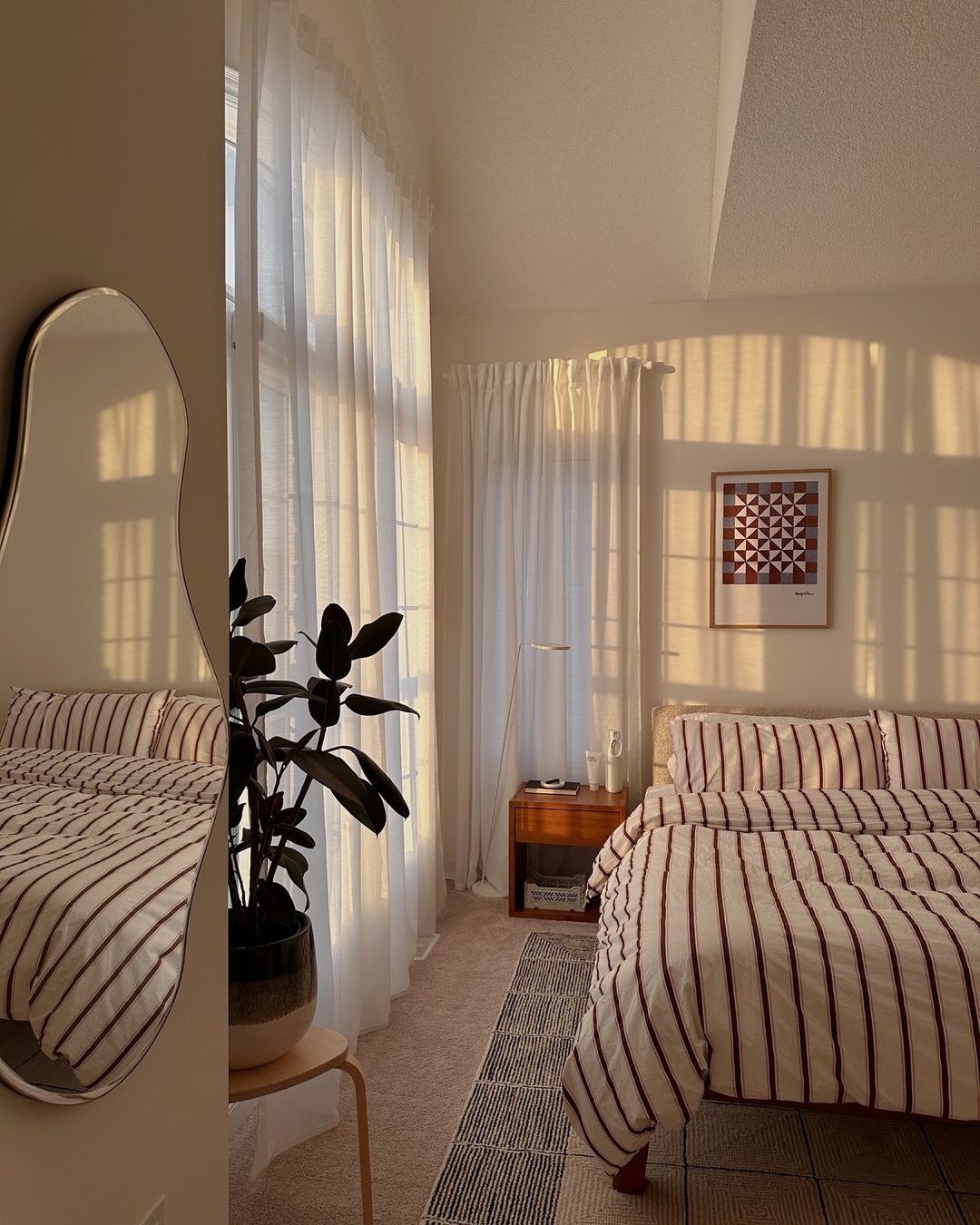
Credits: ohhomee via Instagram
What is Color Temperature?
Think of color temperature as the spectrum of light that a light source lets out.
It can be warm (with lower Kelvin values) or cool (with higher Kelvin values).
Let’s say a bulb has a color temperature of 2700K. That bulb gives off a nice, warm, yellowish light, just like the soft glow you see at dawn or dusk.
On the other side of the spectrum, a bulb with a 6500K color temperature gives off a bright, bluish-white light that’s very similar to the midday sun.
- Warm White (2700-3000K): It’s perfect for living rooms, bedrooms, and dining areas where you want a more relaxing ambiance.
- Natural White (3800-4500K): Great for spaces like kitchens, bathrooms, or basements where you need a bit more clarity and brightness.
- Cool White (5000-6000K): This type of light is for places like home offices or garages where you’ll be doing tasks that need a lot of detail.
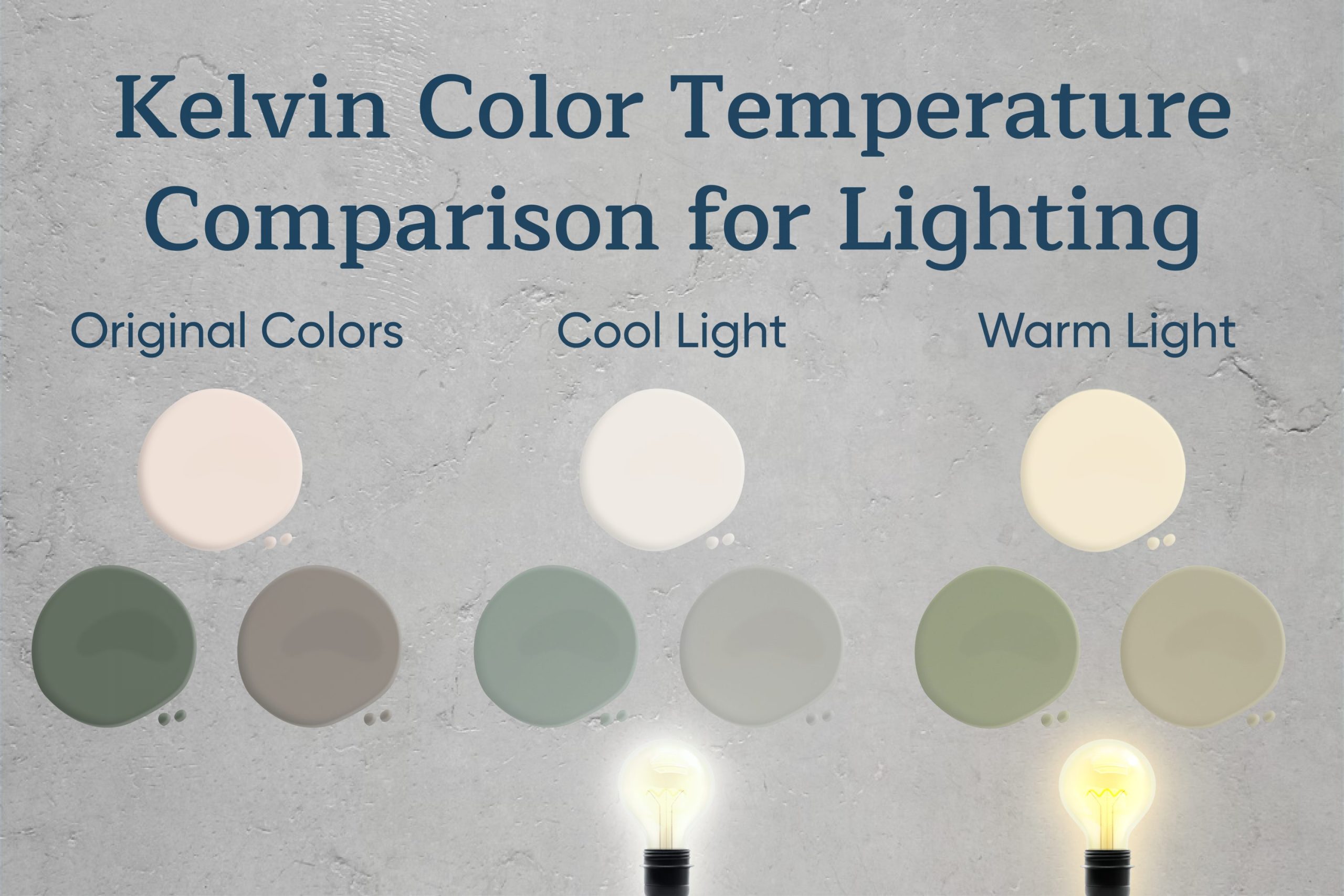
Housekeepingbay.com
Light Bulbs and Your Room’s Vibe
The type of light bulb you choose can significantly transform the appearance of colors in your space. This is especially true in areas with little natural sunlight, or during the night.
It’s quite remarkable how various lighting technologies can uniquely alter the vibe of your room’s color palette!
Fluorescent Lights (4000K to 6500K)
These bulbs are bright and give off a cool, blue light that makes cool colors look even cooler.
But, they might make warm colors look a bit dull.
They’re great for offices because they save energy and are super bright, but they might not be the best choice for your home if you love warm, cozy colors.

Credits: Vista Create
Halogen Lights (2800K to 3200K)
These bulbs give off a clear, white light that’s really similar to daylight.
They’re great for showing off colors exactly as they are, whether they’re warm or cool.
So, they give you lots of options when you’re choosing a paint color.
Incandescent Lights (2700K to 3000K)
These bulbs are known for their warm, yellowish glow, which makes warm colors like red, orange, and yellow look more vibrant.
However, they could cause blues and greens to look somewhat muted.
Even though these bulbs are being phased out in many places because they use a lot of energy, you can get the same effect with LED bulbs that mimic the warm light of incandescent bulbs.

Credits: Vista Create
Tips for Color Selection
Perform Extensive Testing
Always test paint colors on large patches of your wall and view them under different lighting conditions throughout the day.
This includes both natural and artificial light, as the color can shift dramatically between different types of lighting.
“Apply larger swatches of your selected colors directly onto the walls or cabinets you plan to paint. Observe them at different times of the day to see how changing light affects their appearance. This hands-on approach is a key step in understanding how to test paint on walls effectively, ensuring you’ll love your choice in all conditions,”
mentioned decorator Emma Courtney in her article.
Consider Color Temperature
The color temperature of bulbs, measured in Kelvin, can influence how paint colors appear.
Choose bulbs that complement the paint color’s undertones—warmer bulbs for warm colors and cooler bulbs for cool colors.
Designer Kylie Mawdsley states,
“Cool colors that look crisp and fresh in white or cool light will lose this edge in warm light. This isn’t a bad thing; just note that you can expect tweaked undertones as the color will be distorted.”
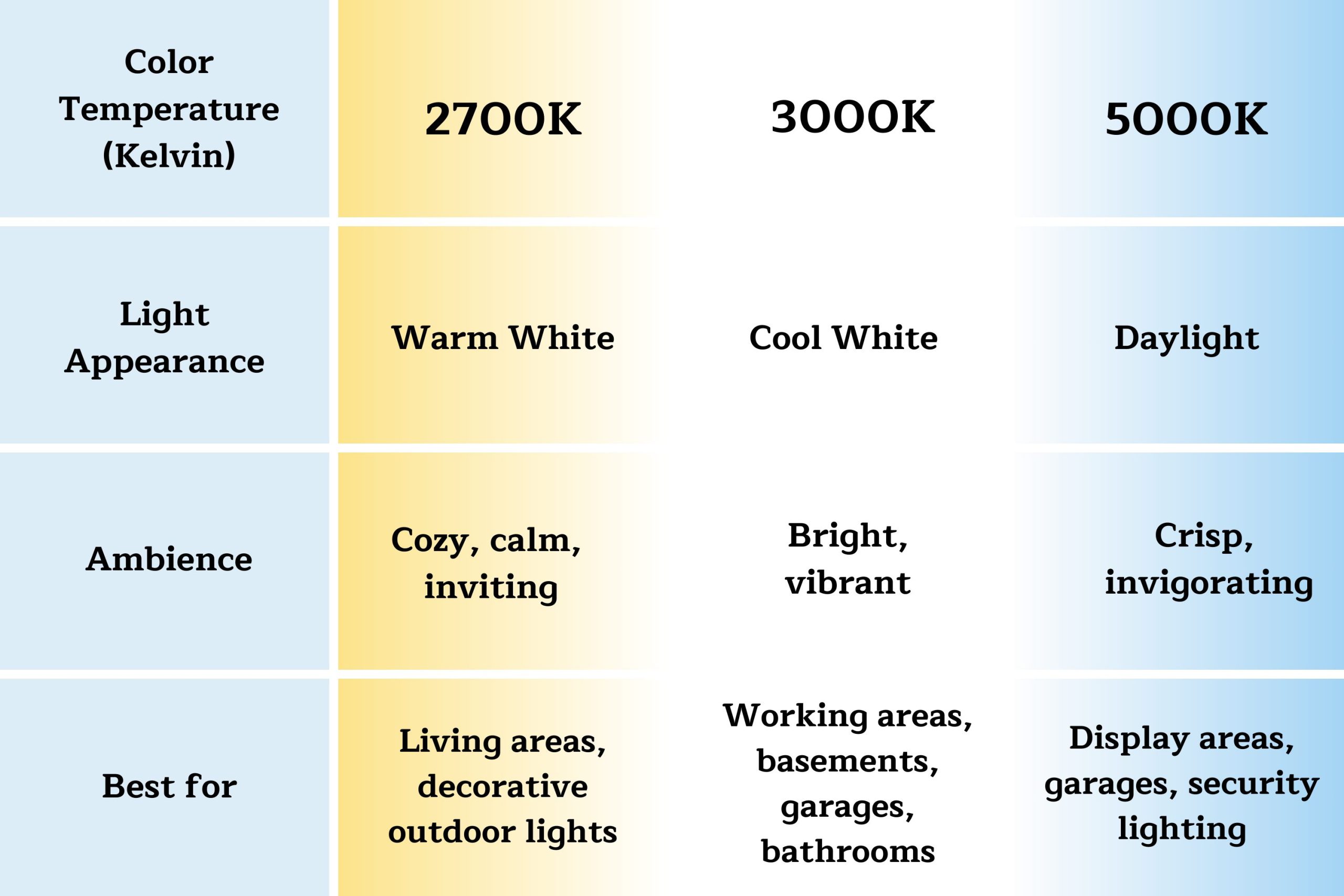
Housekeepingbay.com
Evaluate Finish Effects
The sheen of the paint can also affect color perception.
Glossier finishes reflect more light and can make colors appear slightly different compared to matte finishes.
Choose a finish that enhances the natural beauty of the paint under the lighting conditions of your room.
Conclusion
Choosing the right paint color involves more than just picking a color you like; it requires an understanding of how light affects that color in a specific environment.
By considering the direction of natural light and the type of artificial light in a room, you can select colors that will consistently look good, creating a harmonious and inviting space.
Ever wished paint sampling was as easy as sticking a sticker? Guess what? Now it is! Discover Samplize's unique Peel & Stick samples. Get started now and say goodbye to the old messy way!
Get paint samples




Frequently Asked Questions
⭐How does natural light affect paint colors?
Natural light can significantly influence how paint colors appear in a room. The amount of sunlight and the direction it comes from can make colors look brighter or more subdued. For example, south-facing rooms generally have stronger light, making colors appear more vivid, whereas north-facing rooms might have cooler, softer light, making colors appear darker.
⭐Why should I consider the color temperature of light bulbs when selecting paint?
The color temperature of a bulb, measured in Kelvin, affects how paint colors are perceived. Warm light bulbs (2700K-3000K) enhance warm colors and make them appear more vibrant, while cool light bulbs (5000K-6500K) can make cool colors look brighter but may dull warmer tones.
⭐What is the best way to test paint colors in my home?
Always test paint colors on large patches directly on your walls or cabinets and observe them at different times of the day under both natural and artificial lighting. This method helps you see how the light at various times affects the appearance of the color, ensuring you are satisfied with your choice in all conditions.
⭐How does the finish of the paint affect its appearance under different lighting?
The sheen of the paint can impact how it looks. Glossier finishes reflect more light and can make colors appear lighter or more intense, while matte finishes absorb light and can help colors remain more true to their swatch. Choosing the right finish can enhance the paint’s appearance under specific lighting conditions in your space.


